A health insurance policy is a contract between an individual and an insurance company where the insurer agrees to cover a portion of the policyholder's medical expenses in exchange for a premium. The key elements of a health insurance policy typically include:
Premiums: Regular payments made by the policyholder to keep the insurance active.
Deductibles: The amount the policyholder must pay out-of-pocket before the insurance company begins to cover expenses.
Co-payments: Fixed fees the policyholder pays for specific services, like doctor visits or prescriptions, while the insurer covers the rest.
Coinsurance: A percentage of costs the policyholder shares with the insurer after the deductible is met.
Coverage Limits: The maximum amount the insurance company will pay for covered services within a specific period.
Exclusions: Specific conditions or treatments not covered by the policy.
Network Providers: Medical professionals and facilities that have agreements with the insurance company to provide services at lower rates.
Out-of-Pocket Maximum: The maximum amount the policyholder will pay for covered services in a year, after which the insurer covers 100% of costs.
Understanding these components helps individuals choose the right health insurance policy that meets their medical and financial needs.









